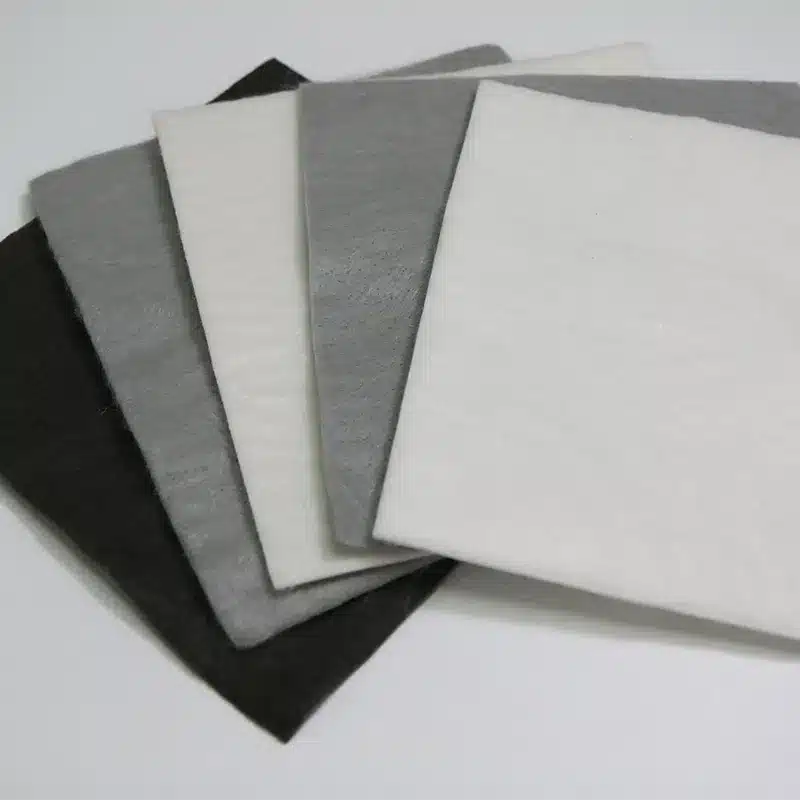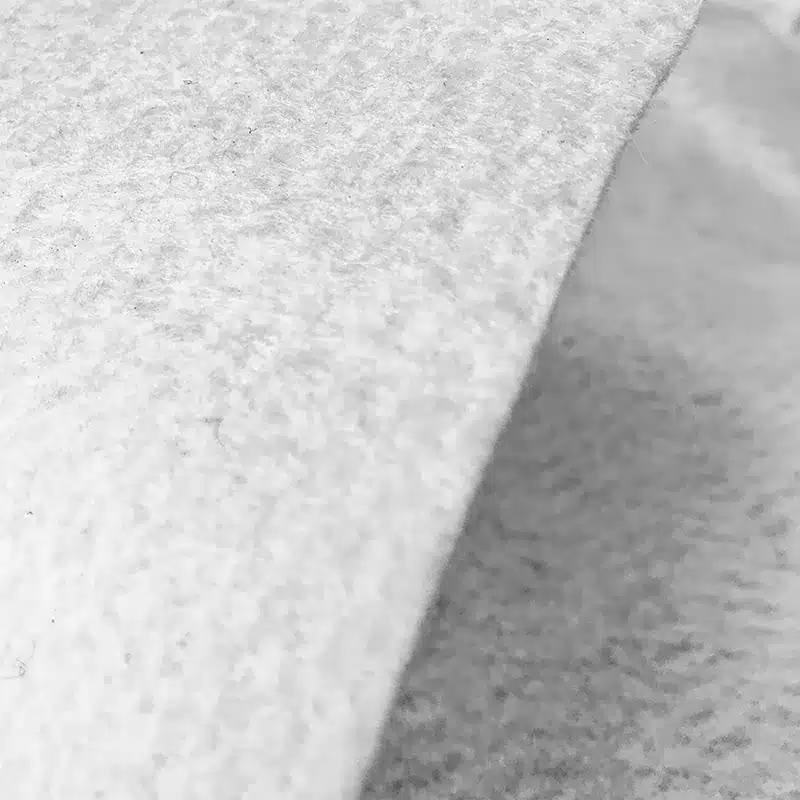+86-159 9860 6917
info@geofantex.com
geofantex@gmail.com
+86-400-8266163-44899
Weed geotextile, a specialized fabric, serves as a barrier to curb unwanted weed growth in various landscaping and agricultural applications. This article explores the effectiveness of geotextile fabric in halting weed proliferation, its uses, necessary considerations, and its impact on gardening and cultivation.

Does geotextile fabric stop weeds?
Yes, geotextile fabric can effectively prevent the growth of weeds. Here’s how it works:
- Physical Barrier: Geotextile fabric acts as a physical barrier that prevents sunlight from reaching the soil. This inhibits the growth of weeds by blocking the photosynthesis process necessary for their development.
- Air and Water Permeability: While it blocks sunlight, geotextile fabric is designed to allow air and water to pass through. This ensures that the soil underneath remains healthy and that desirable plants can still access the nutrients they need.
- Durability: Geotextile fabrics are typically durable and resistant to degradation from soil contact and weather conditions, providing long-term weed control.
- Application: For effective use, the fabric should be laid over the soil and secured properly, with plant holes cut into the fabric where needed. Covering the fabric with mulch can further enhance its effectiveness and aesthetic appeal.
How does weed geotextile impact gardening and cultivation practices?
Weed geotextile, also known as landscape fabric, impacts gardening and cultivation practices primarily by acting as a barrier to suppress weeds while allowing water and air to penetrate to the soil. Here are the main benefits and drawbacks:
Benefits:
- Weed Suppression: By blocking sunlight, geotextiles prevent weed seeds from germinating, significantly reducing the need for manual weeding or chemical herbicides.
- Soil Moisture Conservation: Geotextiles help maintain soil moisture by reducing evaporation, which is beneficial during dry conditions.
- Improved Plant Health: With fewer weeds, cultivated plants face less competition for nutrients, water, and light, promoting healthier growth.
Drawbacks:
- Soil Quality Degradation: Over time, the use of geotextiles can lead to reduced soil aeration and potential compaction, particularly if not properly managed.
- Installation and Maintenance: Installing geotextile correctly requires significant effort, and it may need to be replaced or repaired over time due to damage or degradation.
- Environmental Concerns: Some synthetic geotextiles are not biodegradable and can leave residues in the soil, raising sustainability concerns.
Incorporating weed geotextile into gardening involves weighing these factors based on specific cultivation needs, environmental conditions, and sustainability preferences.

How does weed geotextile differ from traditional weed control methods?
Weed geotextile is a specialized fabric designed to control weeds by suppressing their growth while allowing water and nutrients to pass through to the soil. It differs from traditional weed control methods in several ways:
- Mechanical Barrier: Weed geotextile acts as a physical barrier, preventing weed growth by blocking sunlight. Traditional methods often involve manual removal or chemical solutions that kill existing weeds.
- Breathability: Geotextiles are permeable, allowing water and air to penetrate the soil, maintaining soil health. Some traditional methods, like plastic sheeting or mulching, may hinder water and air circulation.
- Durability: Geotextiles are typically more durable and longer-lasting compared to organic mulches or barriers like cardboard or newspaper used in traditional methods.
- Reduced Maintenance: Once installed, weed geotextiles often require less maintenance compared to regular weeding or reapplication of organic mulches.
- Erosion Control: Geotextiles can also help prevent soil erosion by stabilizing the soil while controlling weed growth, a feature not commonly addressed by traditional methods.
- Chemical-Free Approach: Many geotextiles offer a chemical-free approach to weed control, which can be appealing to those looking to avoid herbicides or other chemicals.
What are the common applications of weed geotextile in landscaping and agriculture?
Weed geotextiles find various applications in landscaping and agriculture due to their effectiveness in weed control and soil stabilization. Here are some common applications:
- Gardens and Flower Beds: Geotextiles are often used underneath mulch in garden beds or flower gardens to prevent weed growth while allowing water and nutrients to reach the plants.
- Vegetable Gardens: They can be applied in vegetable gardens to control weeds around crops, promoting healthier plant growth and reducing the need for constant weeding.
- Pathways and Walkways: Geotextiles are used as a barrier under gravel or other materials in pathways and walkways to inhibit weed growth while maintaining a stable surface.
- Nurseries and Tree Plantations: These fabrics are employed in nurseries and tree plantations to control weeds around young plants and trees, aiding in their early growth stages.
- Erosion Control: Geotextiles are utilized on slopes or areas prone to erosion to stabilize the soil, prevent weed growth, and promote vegetation establishment.
- Landscaping Projects: During landscaping projects, geotextiles are used under mulch, rocks, or other ground covers to create low-maintenance areas that deter weed growth.
- Greenhouses and Nursery Containers: Geotextiles can be used in containers and greenhouses to inhibit weed growth while facilitating water drainage and air circulation.
- Orchards and Vineyards: They are applied in orchards and vineyards to control weeds around trees or vines, improving water and nutrient absorption by the plants.



Get Free Sample
We’ll respond as soon as possible(within 12 hours)






















